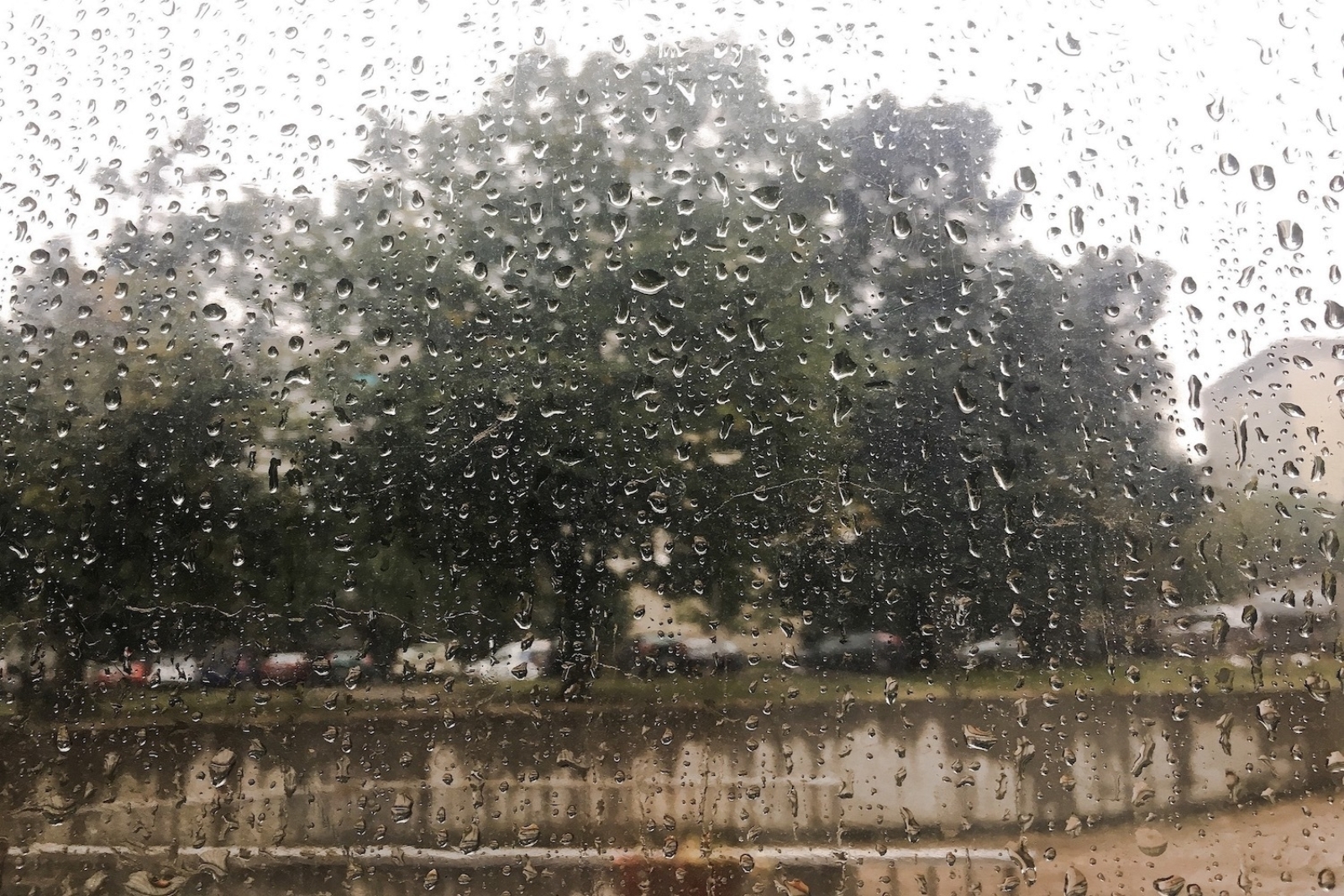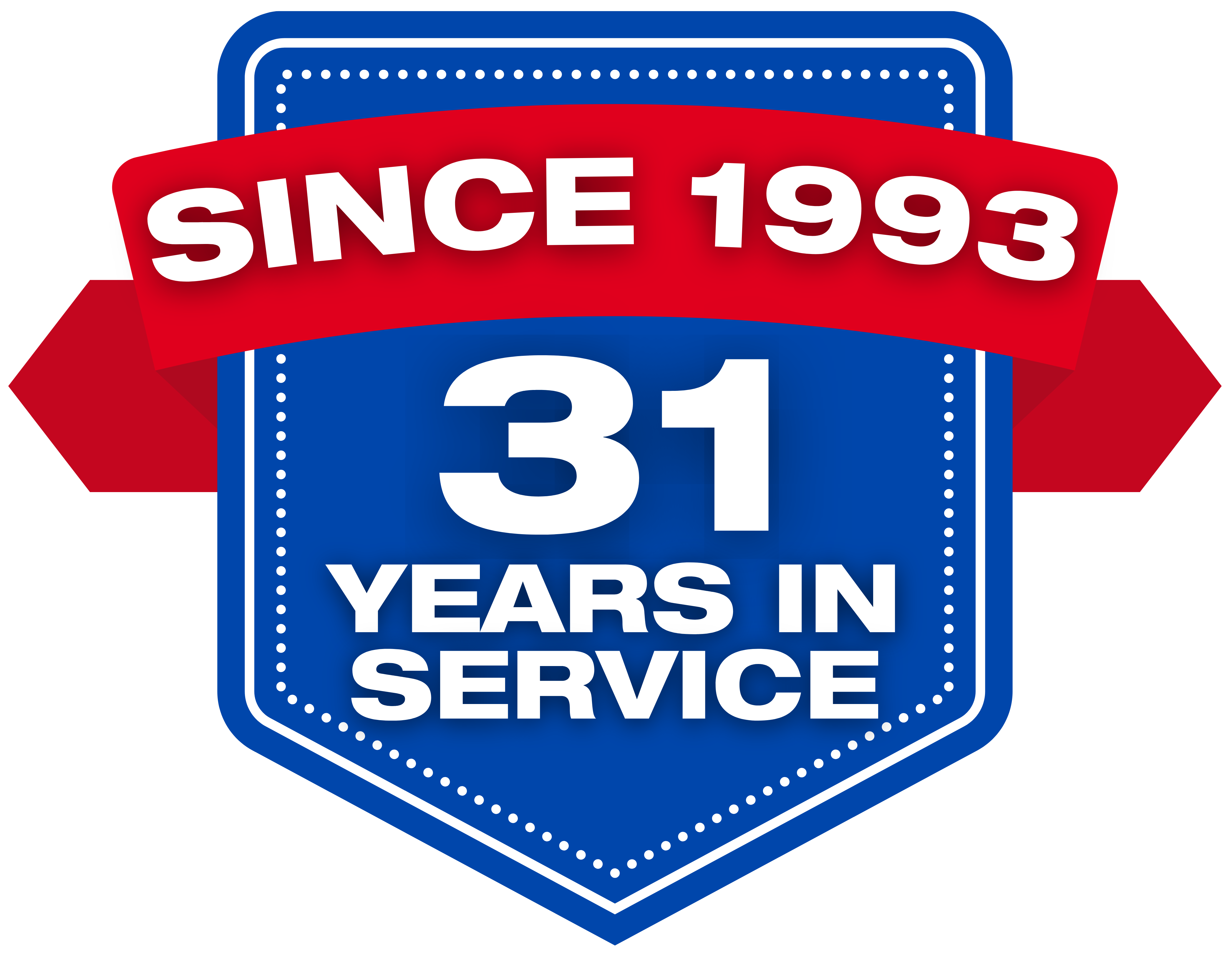What Can Be Salvaged in Your Home When Flooding Occurs

No doubt flooding can cause extensive damage to your home, often leaving you wondering what can be saved and what is beyond repair. Knowing what can be salvaged and how to manage items affected by water damage can help you recover more quickly, both financially and emotionally. Here's a quick guide to understanding what can potentially be recovered after flooding and the steps you should take.
1. Furniture and Upholstery
Floodwater can leave furniture and upholstery waterlogged, stained, and moldy. However, not all furniture is a lost cause.
Solid Wood Furniture: If made of real wood, furniture may have a chance of being restored. The first step is to let the items dry out thoroughly. Once dried, refinishing may be needed, but often the wood can be recovered. Carefully assess whether the wood has warped or cracked as severe warping may require professional residential restoration services.
Upholstered Furniture: This can be more challenging to salvage. If the furniture was soaked by clean water, it might be refurbished with professional cleaning and drying. However, if the flooding involved contaminated water, such as sewage or chemicals, it’s often best to discard these items due to health risks.
2. Carpets and Rugs
Carpets and rugs can sometimes be reused, depending on the type of water they were exposed to and how quickly they are dried.
Area Rugs: Rugs that are quickly dried out and cleaned may be salvageable. Wool or high-quality rugs can often be restored with professional cleaning services.
Wall-to-Wall Carpets: These are more difficult to save because the padding underneath can retain moisture, creating the perfect environment for mold remediation to be necessary. If exposed to contaminated water, replacing both the carpet and padding is usually the safest option.
3. Electronics and Appliances
While it may be tempting to power on your electronics or appliances to check if they still work, it’s crucial to have them inspected by a professional first.
Small Electronics: Devices like televisions, laptops, and phones can often be saved if they haven’t been submerged for too long. Specialists can attempt to dry out the internal components and functionality is restored.
Large Appliances: Appliances like refrigerators, washing machines, and ovens are harder to salvage. Water can damage electrical components and lead to potential hazards. Have a professional assess them before making a decision, but replacement is often the safer choice.
4. Personal Belongings
Sentimental items like photographs, documents, and books can hold immense value. While they may seem destroyed, some can be restored to their pre-damaged condition with care and professional restoration techniques.
Photographs and Documents: These can often be dried and restored by specialized conservators. Freezing wet paper items can stop further damage until professional help is available.
Books: If they have sentimental or significant value, books can sometimes be dried and restored, though mold growth can complicate the process.
5. Drywall and Insulation
Unfortunately, drywall and insulation are typically beyond repair after flooding. Once waterlogged, they become breeding grounds for mold and mildew. It's best to remove and replace these materials as soon as possible to avoid further damage.
6. Hardwood and Tile Floors
Hardwood Flooring: Depending on how long the water has been present, hardwood flooring may buckle or warp. The more immediate attention you can give to drying and professional restoration, the better chance you have in saving hardwood floors, but if the damage is severe, replacement may be necessary.
Tile Floors: Tiles are usually more resistant to water damage. However, if water has seeped under the tiles, the subfloor may need inspection and potential repairs.
7. Clothing and Textiles
Clothing, curtains, and other textiles that have been exposed to clean water can often be restored with proper cleaning and disinfecting. However, textiles exposed to contaminated water should be discarded due to potential health risks.
What to Discard
While some items can be salvaged, others are best discarded for safety reasons:
Mattresses: These can hold moisture, fostering mold growth, and are typically not worth the risk of salvaging.
Pillows and Soft Toys: These absorb water quickly and are difficult to clean thoroughly.
Composite Wood Furniture: Pressed wood furniture can swell and become structurally unsound when wet, making it a poor candidate for restoration.
Call in the Experts at ALL-CLEAN USA:
When in doubt, it's always best to consult with restoration professionals. Companies specializing in water damage restoration can offer expert assessments and guidance on what can be saved. They can also help you deal with mold and ensure that your home is safe to inhabit after a flood.
Recovering from a flood is difficult, but knowing what can be salvaged can help you take quick and effective action. Solid wood furniture, some electronics, and personal items like photos and books can often be restored with the right approach. However, always prioritize safety when deciding what to keep, and consult with experts when necessary. With the proper steps, you can get your home back on track after a disastrous flood. Contact us for immediate assistance. We’ve got you covered!


